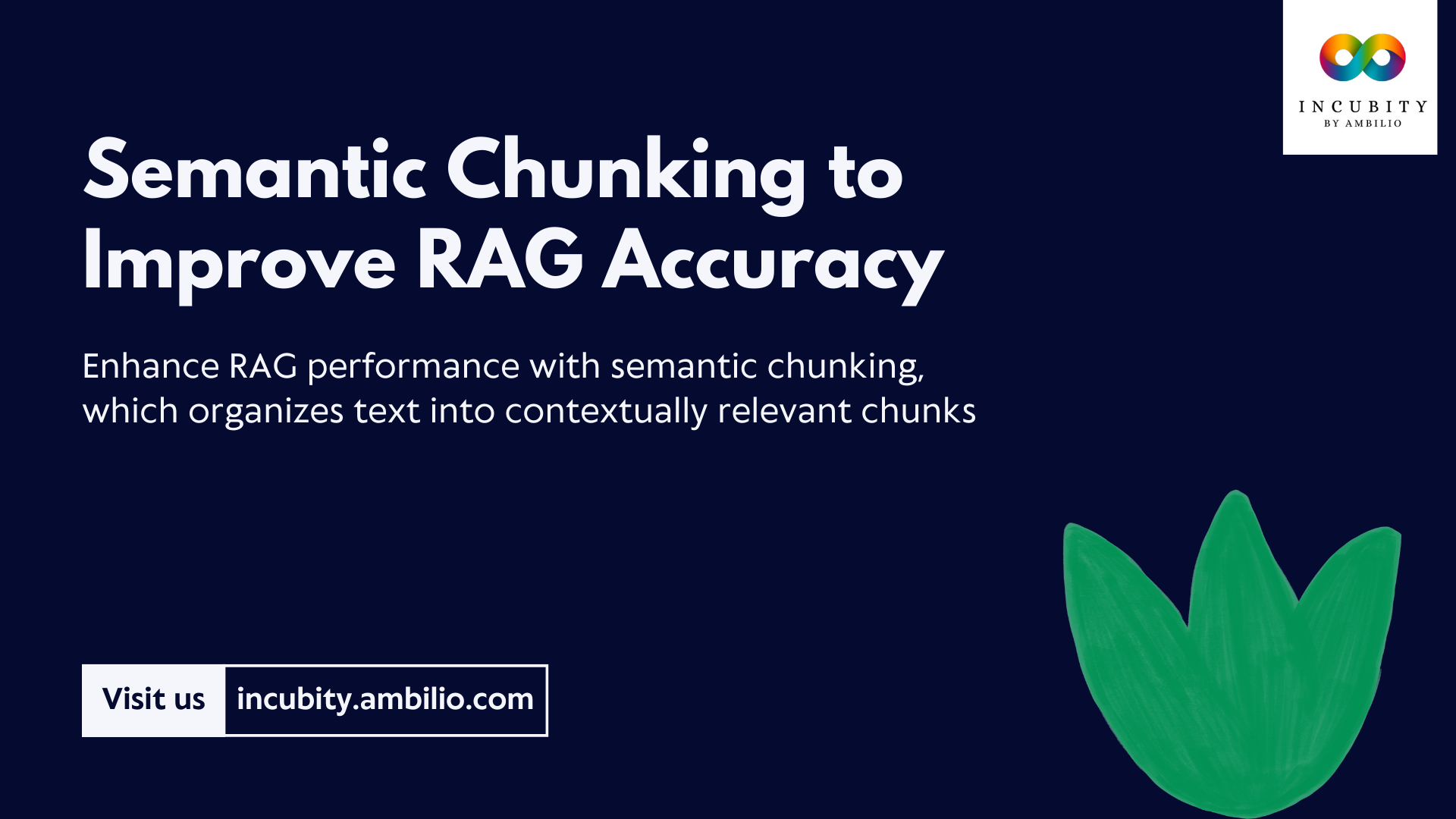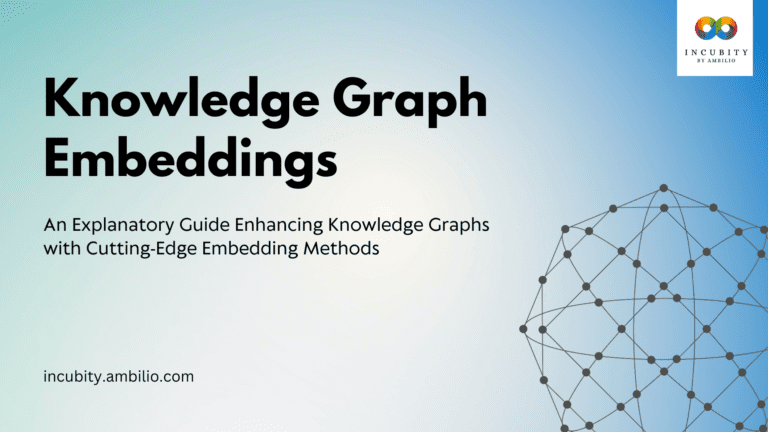Retrieval-Augmented Generation (RAG) systems represent a significant advancement in the field of natural language processing (NLP). By combining the power of large language models (LLMs) with targeted information retrieval, RAG systems have been able to generate more accurate and contextually relevant responses. However, the effectiveness of these systems hinges on the quality of the information they retrieve. If the retrieved data is noisy, irrelevant, or contextually disconnected, even the most sophisticated language models will struggle to produce meaningful outputs. This is where semantic chunking emerges as a crucial technique, offering a powerful strategy to enhance the accuracy and relevance of RAG system outputs.
Understanding Semantic Chunking
Semantic chunking is a text preprocessing technique that involves breaking down a larger body of text into smaller, semantically coherent units or “chunks.” Unlike traditional chunking methods that rely on fixed sizes or simple sentence boundaries, semantic chunking uses NLP techniques to identify meaningful boundaries within the text. The goal is to create chunks that preserve the contextual integrity of the original content, ensuring that each unit of text is a coherent and self-contained piece of information.
How Semantic Chunking Works
Semantic chunking leverages the relationships between words, phrases, and sentences to determine where to divide the text. This process typically involves:
- Preprocessing the Text: The text is first cleaned and tokenized, breaking it down into sentences or paragraphs.
- Calculating Semantic Similarity: Natural language processing techniques, such as word embeddings, are used to calculate the semantic similarity between adjacent sentences or paragraphs. Word embeddings map words to high-dimensional vectors based on their meanings, allowing for the comparison of the semantic content of text segments.
- Forming Chunks: Sentences or paragraphs with high semantic similarity are grouped together to form chunks. Various algorithms, such as hierarchical clustering or graph-based methods, can be employed to create these semantically coherent units.
- Indexing and Retrieval: Once the chunks are formed, they are indexed and stored in a retrieval system, such as an inverted index or a vector database. During a query, the system retrieves the most relevant chunks based on their semantic content.
By focusing on semantically meaningful units rather than arbitrary text segments, semantic chunking helps preserve the original context and ensures that the retrieved information is both relevant and coherent.
The Role of Semantic Chunking in RAG Systems
RAG systems rely on retrieving relevant information that is then used by the language model to generate responses. The accuracy and relevance of these responses depend on how well the system retrieves and processes the information. Semantic chunking plays a pivotal role in improving this process by offering several key benefits:
1. Improved Retrieval Accuracy
One of the primary advantages of semantic chunking is its ability to enhance the accuracy of information retrieval. By organizing text into semantically coherent chunks, RAG systems can more precisely match user queries with the most relevant information. Traditional chunking methods might group unrelated sentences together, leading to the retrieval of information that is only partially relevant or entirely off-topic. In contrast, semantic chunking ensures that each chunk represents a meaningful unit of information, resulting in more accurate retrieval and, consequently, more accurate responses.
2. Enhanced Context Preservation
Maintaining the context of the retrieved information is critical for generating meaningful responses. When information is retrieved out of context, the language model may generate responses that are confusing or irrelevant to the user’s query. Semantic chunking mitigates this issue by preserving the original context within each chunk. This allows the RAG system to provide responses that are not only accurate but also contextually appropriate, leading to a more coherent and satisfying user experience.
3. Reduced Noise and Irrelevant Information
RAG systems can struggle with retrieving noisy or irrelevant information, especially when the text is broken down into arbitrary or overly broad chunks. This noise can negatively impact the quality of the generated responses, as the language model may be forced to work with information that does not directly address the user’s query. Semantic chunking reduces this problem by ensuring that each chunk is a coherent and relevant unit of information. By filtering out irrelevant content, semantic chunking helps the RAG system focus on the most pertinent information, leading to clearer and more relevant responses.
4. Improved Computational Efficiency
Efficiency is a critical consideration in the design and operation of RAG systems. The retrieval process can be computationally intensive, especially when dealing with large volumes of text. Semantic chunking can improve computational efficiency by reducing the amount of data that needs to be processed. By focusing on retrieving the most relevant chunks rather than sifting through large amounts of irrelevant information, semantic chunking minimizes the computational load. This not only speeds up the retrieval process but also allows the system to allocate more resources to the response generation phase, ultimately enhancing overall performance.
Implementing Semantic Chunking in RAG Systems
The implementation of semantic chunking in RAG systems involves several key steps, each of which contributes to the overall effectiveness of the technique.
1. Preprocessing the Text
The first step in implementing semantic chunking is preprocessing the text. This involves removing any unnecessary formatting, cleaning the text to eliminate noise, and tokenizing it into sentences or paragraphs. Preprocessing sets the stage for accurate semantic analysis by ensuring that the text is in a suitable format for further processing.
2. Calculating Semantic Similarity
Once the text is preprocessed, the next step is to calculate the semantic similarity between adjacent sentences or paragraphs. This is typically done using word embeddings or similar NLP techniques. Word embeddings represent words as vectors in a high-dimensional space, where the distance between vectors reflects the semantic similarity between the words. By calculating the similarity between these vectors, the system can determine which sentences or paragraphs are semantically related.
3. Forming Chunks
Based on the calculated semantic similarity, the text is divided into semantically coherent chunks. Various algorithms can be used for this purpose, including hierarchical clustering, which groups similar sentences together, or graph-based methods, which represent sentences as nodes and similarities as edges, forming clusters of related nodes. The goal is to create chunks that are internally coherent and represent a single, meaningful unit of information.
4. Indexing and Retrieval
The formed chunks are then indexed and stored in a retrieval system, such as an inverted index or a vector database. When a user submits a query, the RAG system retrieves the most relevant chunks based on their semantic similarity to the query. By focusing on semantically coherent chunks, the retrieval process becomes more accurate and efficient.
5. Response Generation
Finally, the retrieved chunks are fed into the language model component of the RAG system, which generates the final response. Because the retrieved information is both relevant and contextually coherent, the language model can generate responses that are more accurate, meaningful, and aligned with the user’s query.
Case Studies and Examples
Several successful implementations of RAG systems have demonstrated the effectiveness of semantic chunking in improving performance. For instance, a case study by Ante Matter found that semantic chunking outperformed traditional chunking strategies in terms of coherence and relevance within each chunk. By focusing on semantically meaningful units, the system was able to retrieve more accurate information and generate more relevant responses.
Another case study by Zilliz showcased how an additive preprocessing technique called dynamic windowed summarization, which enriches text chunks with summaries of adjacent chunks, further enhances the understanding of each chunk. This technique improves the quality of responses by ensuring that each chunk not only represents a coherent unit but also provides additional context from surrounding chunks, leading to more comprehensive and accurate information retrieval.
Final Words
Semantic chunking is a powerful technique that plays a crucial role in improving the accuracy and relevance of RAG systems. By breaking down text into semantically coherent chunks, these systems can retrieve more targeted information, preserve context, and reduce the impact of noise and irrelevant content. As RAG systems continue to evolve and become more sophisticated, the incorporation of semantic chunking strategies will be essential for delivering high-quality, contextually relevant responses to user queries. Whether in customer service, content generation, or any other application of NLP, semantic chunking offers a valuable tool for enhancing the performance and reliability of RAG systems.







